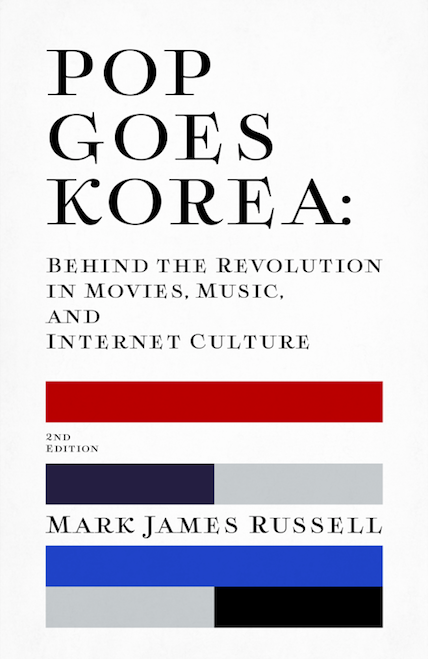I was surprised to read today that my former magazine BILLBOARD is at last coming to Korea, having signed up a local partner.
BILLBOARD is teaming up with some company called ViewLife and the Korea Entertainment Producer’s Association to produce Korea music charts and a Korean-language magazine. Good luck to them.

Has anyone ever heard of ViewLife Inc.? I have not and was unable to find any information about the company. A dubious beginning. But who knows what that really means?
KEPA, on the other hand, does have a website.
Will BILLBOARD really be able to put together a chart for Korea? When I worked for the magazine, I was always impressed at how countries like Malaysia could have a chart, but somehow this was beyond Korea (no offense to Malaysia, which is a fine place).
(Hrm… Looking at the BILLBOARD.biz website now, I see not Malaysia there anymore, but it used to be in the magazine for a while.)
Anyhow, the point is the dubious nature of the Korean music charts. Several TV stations used to keep charts, but there were so many scandals related to how they compiled their figures that most of those charts were disbanded for several year.
With the rise of digital music sales, the telecoms and Internet portals have offered a wide array of charts, but they are all so disorganized and spread out that none really offers an accurate overview of the nation’s music tastes (although I do like Bugs’ Indie New Music Chart)
For several years, the Music Industry Association of Korea (nee the Recording Industry Association of Korea) used to keep track of album sales. But with album sales declining by around 80-90 percent from 2000 to today, that became an increasingly fruitless activity.
Life became more complicated in 2002 when collecting the monies for online and digital music was taken over by the Korean Association of Phonogram Producers. This went poorly, though, as much of Korea’s music industry thought the KAPP was useless, so refused to join, and instead several private collection groups were started (ironically, one collection agency for digital revenues was bought by Soribada, the group most responsible for the rise of online file-sharing in Korea).
MIAK was finally disbanded earlier this year, replaced by the Korea Music Content Industry Association. The KMCIA is supposed to keep track of both physical and online sales in the future, but at the moment their website appears to be under construction. I have not heard from people in the Korean industry what they think of KMCIA, but hopefully it will be more successful and useful than its predecessors.
Suffice it to say, I am skeptical about anyone’s ability to put together a decent music chart any time soon. And more importantly, in this age of digital downloads, file-sharing, Myspace, background music, and more, how can we really measure the “top songs” anymore? Music has become such an abstract and amorphous idea, I do not see the benefit and need for such charts, not like there used to be in the 1980s or so. And with so much information available at everyone’s fingertips, people no longer really need the charts to find out about new music or trends. The power is (increasingly) out of the music labels hands, so what do charts matter?








